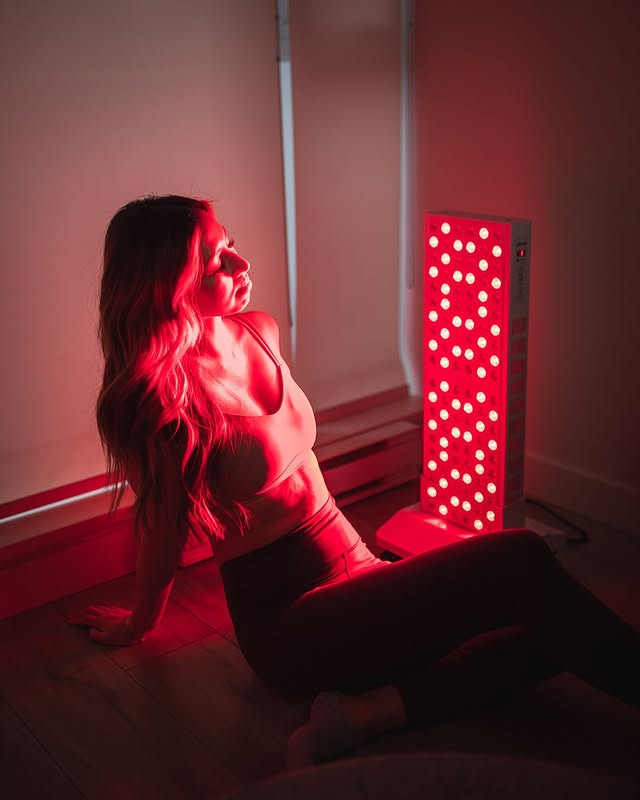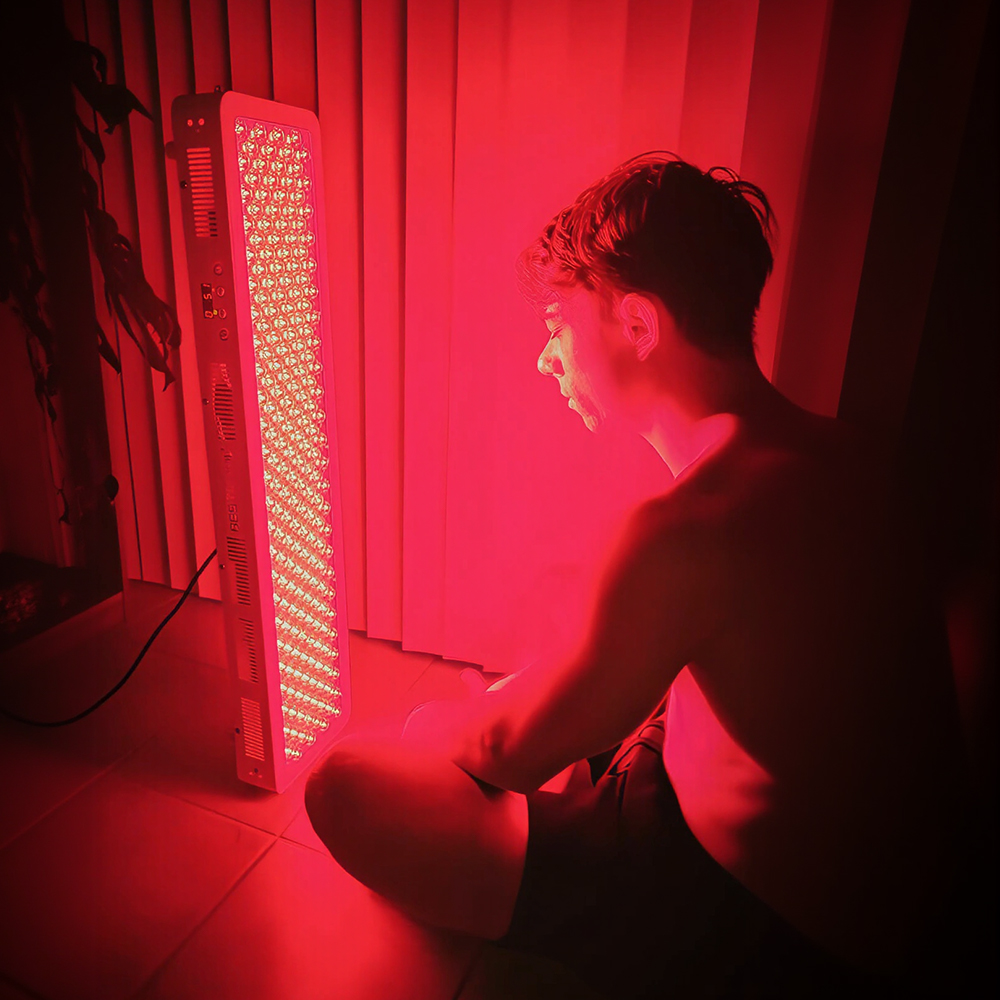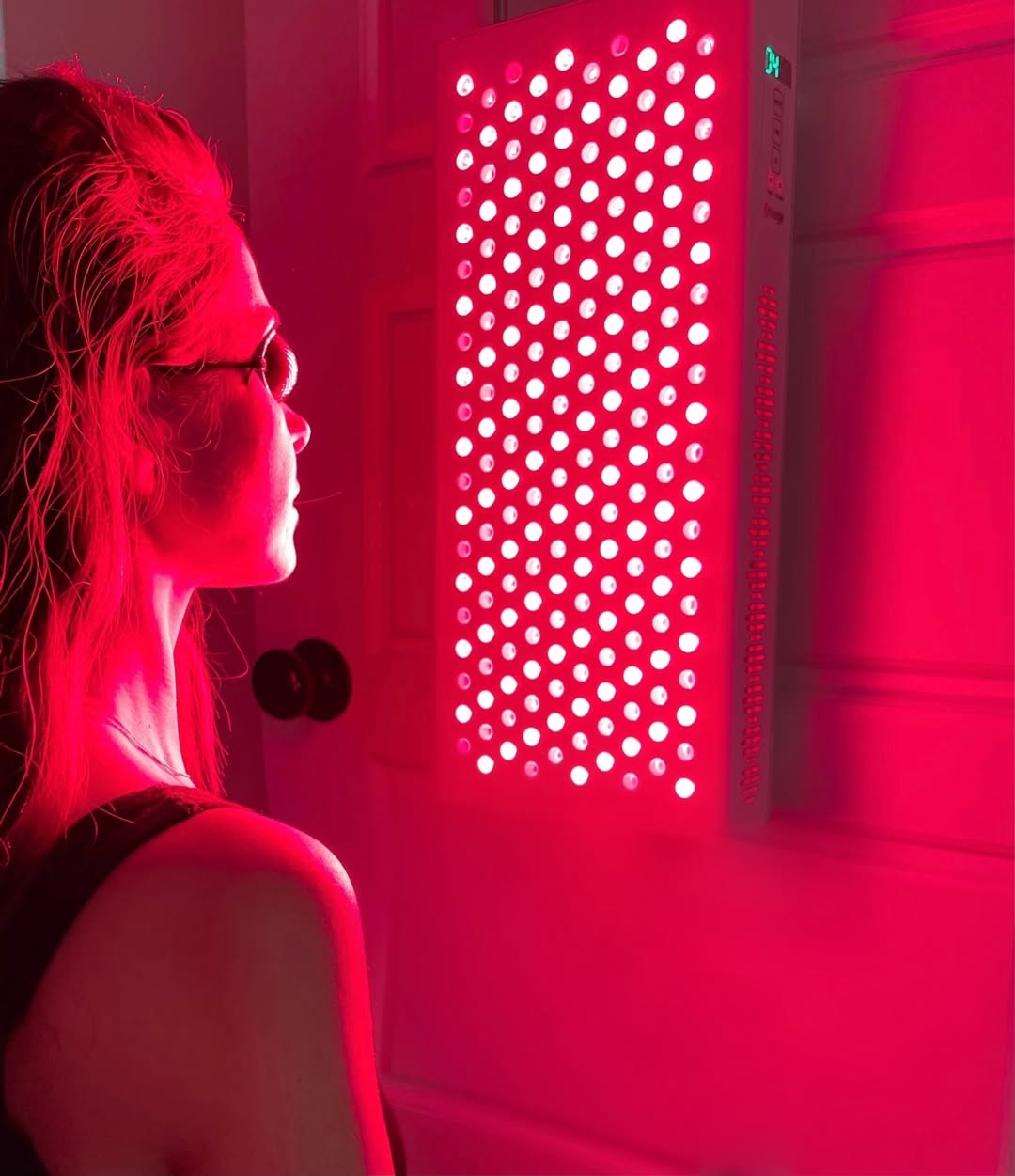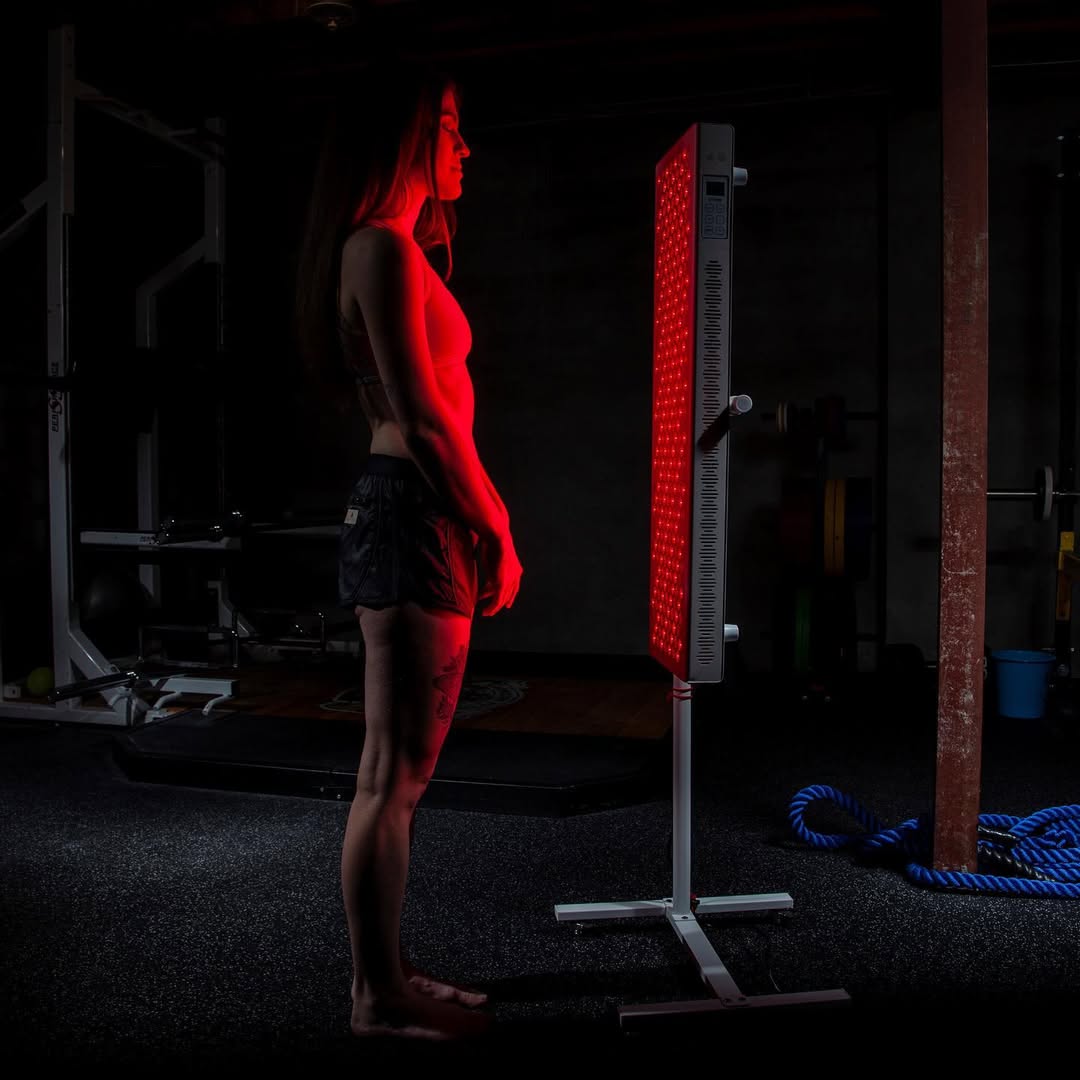![]() Free Shipping
Free Shipping ![]() Buy Now, Pay Later
Buy Now, Pay Later ![]() Eligible
Eligible
Dentin Hypersensitivity: Why Red Light Therapy Is A Game-Changer

Introduction
Imagine taking a sip of ice-cold water or biting into your favorite dessert, only to be met with a sharp, stabbing pain in your teeth. For millions of people worldwide, this is a daily reality due to dentin hypersensitivity (DH)—a common yet often misunderstood dental condition.
Traditional treatments like desensitizing toothpaste, fluoride varnishes, and dental sealants offer temporary relief, but what if there was a non-invasive, long-lasting solution that actually helps repair the underlying issue?
Enter red light therapy (RLT), a cutting-edge treatment gaining traction in dentistry for its ability to reduce pain, promote tissue repair, and even enhance enamel remineralization. In this comprehensive guide, we’ll explore:
- The science behind dentin hypersensitivity
- Why traditional treatments fall short
- How red light therapy works at a cellular level
- Clinical evidence supporting RLT for dental pain relief
- How to incorporate RLT into your oral care routine
By the end, you’ll understand why red light therapy could be the game-changer millions of sensitive teeth sufferers have been waiting for.
Understanding Dentin Hypersensitivity
What Is Dentin Hypersensitivity?
Dentin hypersensitivity (DH) occurs when the dentin layer of the tooth becomes exposed, typically due to:
- Gum recession (from aggressive brushing or periodontal disease)
- Enamel erosion (from acidic foods, GERD, or excessive brushing)
- Tooth grinding (bruxism)
- Cracked teeth or dental procedures (like whitening or fillings)
When dentin—which contains microscopic tubules leading to the tooth’s nerve—is exposed, external stimuli (cold, heat, sweetness, or pressure) trigger sharp, sudden pain.
The Limitations of Conventional Treatments
Current treatments focus on blocking dentinal tubules or numbing nerve responses, including:
- Desensitizing Toothpastes (e.g., Sensodyne) – Contain potassium nitrate or stannous fluoride to block pain signals.
- Fluoride Gels & Varnishes – Help remineralize enamel but require frequent dental visits.
- Dental Bonding or Sealants – Physical barriers applied by dentists, but they can wear off.
- Gum Grafts – Surgical solutions for severe gum recession (invasive and costly).
While these methods help, they often provide temporary relief without addressing the root cause: inflammation and poor dentin repair.
The Science of Red Light Therapy
What Is Red Light Therapy?
Red light therapy (RLT), also known as low-level laser therapy (LLLT) or photobiomodulation (PBM), uses specific wavelengths of red and near-infrared light (600-850 nm) to stimulate cellular repair.
Originally developed by NASA for wound healing, RLT is now used for:
- Skin rejuvenation
- Muscle recovery
- Pain management
- Dental applications (including DH, gum disease, and oral surgery recovery)
How Does RLT Help with Dentin Hypersensitivity?
- Reduces Inflammation – Calms irritated nerves and pulp tissue.
- Enhances Collagen Production – Strengthens dentin and connective gum tissue.
- Stimulates Odontoblasts – These cells produce reparative dentin, sealing exposed tubules.
- Improves Blood Flow – Promotes faster healing of gum recession.
A 2021 study in Lasers in Medical Science found that RLT significantly reduced DH pain compared to placebo, with effects lasting weeks after treatment.
Clinical Evidence Supporting RLT for DH
Key Research Findings
- A 2017 study in Journal of Dentistry showed that near-infrared light reduced DH by 70% after just three sessions.
- A 2020 trial in Photomedicine and Laser Surgery found that RLT + fluoride worked better than fluoride alone.
- A 2022 meta-analysis concluded that RLT is a safe, drug-free alternative for chronic tooth sensitivity.
Mechanism of Action: How Light Repairs Teeth
When red/NIR light penetrates gum and tooth structures, it:
- Boosts ATP Production – Energizes cells to repair faster.
- Modulates Nerve Sensitivity – Reduces hyperactive pain signals.
- Remineralizes Dentin – Encourages calcium and phosphate deposition.
Unlike numbing agents, RLT actively heals rather than masks the problem.
How to Use Red Light Therapy for Sensitive Teeth
At-Home Devices vs. Professional Treatments
- In-Office Laser Therapy
- Dentists use medical-grade lasers (e.g., diode lasers) for quick, lasting relief.
- Typically requires 2-4 sessions.
- At-Home RLT Devices
- LED mouthpieces (e.g., Luminance Red) deliver targeted light.
- Handheld wands can be applied to gums for 5-10 minutes daily.
Best Practices for Maximum Benefits
✔ Use 660nm (red) or 810nm (NIR) wavelengths – Most effective for tissue repair.
✔ Apply for 5-10 minutes daily – Consistency is key.
✔ Combine with fluoride toothpaste – Enhances remineralization.
✔ Avoid acidic foods – Prevents further enamel erosion.
The Future of RLT in Dentistry
With ongoing research, red light therapy could revolutionize dental care by:
✅ Replacing invasive gum grafts with non-light-assisted healing.
✅ Preventing cavities and enamel loss through biostimulation.
✅ Reducing post-whitening sensitivity (a common side effect).
Experts predict that within 5-10 years, RLT will be a standard adjunct therapy in dental clinics worldwide.
Is Red Light Therapy Worth Trying?
If you’ve tried every desensitizing toothpaste with no lasting relief, red light therapy offers a scientifically backed, non-invasive solution that actually repairs dentin and gums rather than masking pain.
VELLGUS Elite V2
THE #1 RATED RED LIGHT DEVICE
VELLGUS pro V2
THE #1 RATED FULL BODY RED LIGHT DEVICE
While more long-term studies are needed, current evidence suggests RLT is a safe, effective, and game-changing treatment for dentin hypersensitivity.








